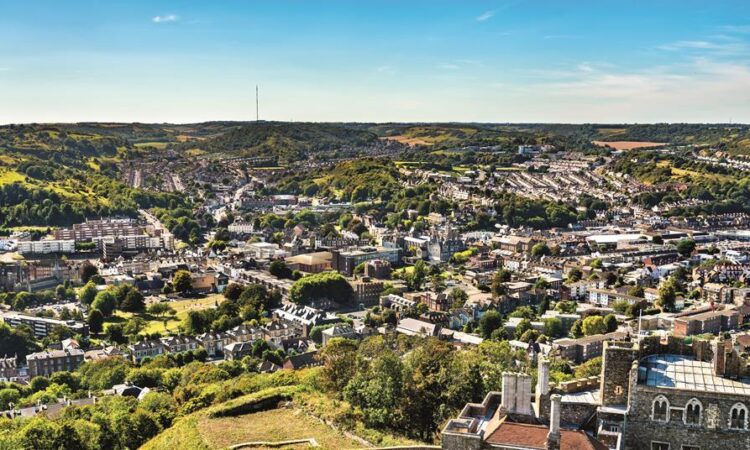

The UK has a housebuilding crisis and we cannot boost housebuilding rates significantly without reforming the planning system.
The Competition and Markets Authority (CMA) is the latest organisation to reach this verdict. Its comprehensive report on the causes of low housebuilding rates and corresponding high prices highlights that the speculative development model of housebuilders is a problem. But what stands out most in its research is that uncertainty brought about by the planning system is slowing housebuilding down.
So, what is it that makes the current system so “complex and unpredictable”, and what should we replace it with?
The Centre for Cities estimates that the UK is missing 4.3 million homes that were never built because of problems with the current planning system, dating back to the Town and Country Planning Act 1947. Since the act’s introduction, housebuilding rates have never recovered to the rates they reached in the 1920s and 1930s.
Over the last 70 years, the planning system has enlarged the size of green belts and empowered local opponents to new developments, which has made trying to build new housing in Britain increasingly difficult and risky. It is a very discretionary, case-by-case system in which even if you meet all the requirements, local objections can still topple a planning application at the final hurdle.
This creates great uncertainty and means new entrants to the market face unnecessarily high barriers, which stifles competition and innovation within the housebuilding industry and ultimately hurts consumers. The overall result is fewer homes being built, and mismatches between supply and demand in the places that most need new homes.

Average house prices have risen everywhere in the UK, adding to pressure on people’s incomes and making it harder for people to move to places with good jobs. New housing in the greater South East would make the biggest difference as that is where housing affordability ratios are steepest.
Reforms to the planning system in New Zealand and places in the US show reforms can increase housebuilding rates and make it more affordable. So, how radical does reform of the British planning system need to be?
The CMA recommends, rightly, removing the power of local councillors to block planning applications that comply with the local plan. This would represent a move towards a rules-based system where planning applications that comply with the rules are guaranteed assent.
Rigid bans on building housing in certain parts of the country contribute to the inefficiency and high cost of housebuilding, too. The green belt is the best example. The Centre for Cities estimates that by building on less than 2% of the green belt around existing railway stations we can add between 1.7 million and 2.1 million homes for suburban living located at most 45 minutes away from the five biggest cities in England. This would have significant economic benefits as well as the obvious housing-specific benefits.
As the CMA says, we will never solve the problem of unaffordable housing without reforming the planning system. We know what needs to be done to switch to a more predictable system that allows planned developments that comply with the rules to get built.
The obstacles to implementing this system are political. Hopefully, that is beginning to change. There is increasing cross-party consensus that serious proposals to boost housebuilding will require planning reform to achieve them.
We cannot take the politics out of planning altogether; but with a growing awareness that low housebuilding rates are affecting housing affordability, economic growth and net zero, as well as political voting decisions, planning reform could rise to the top of the political agenda very soon.
Andrew Carter is chief executive of Centre for Cities
